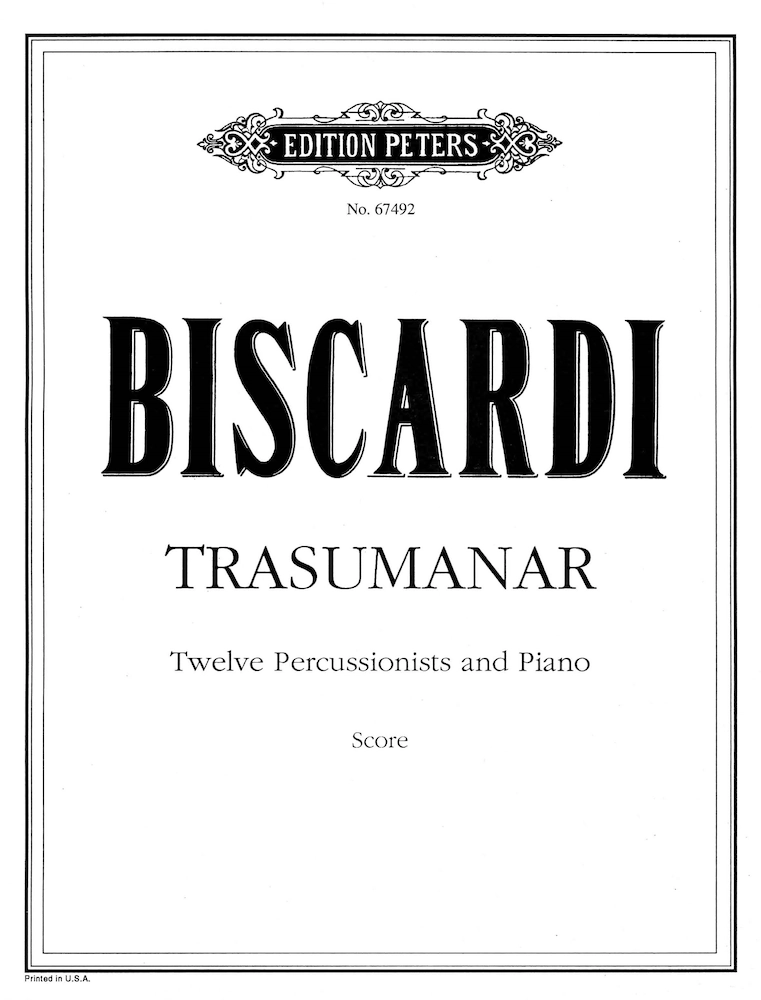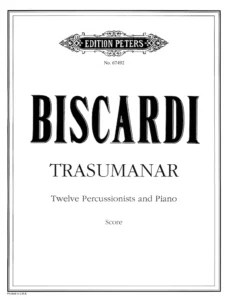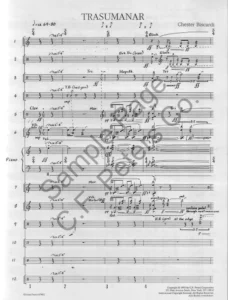Program Notes
Trasumanar, for twelve percussionists and piano (1980), is scored for 32 different instruments and specifies a spatial arrangement which creates a sense of acoustic motion among the diverse instrumental groups: drums dominate the back of the stage, woods – stage right, metals – stage left, and the pitched instruments – in front.
The piano, which introduces the basic motivic, harmonic, and rhythmic ideas, functions less as a solo instrument than as a means to unify and give motion to a music which varies between being static and highly dynamic. The relationship of the piano to the percussion ensemble was suggested by works for piano and electronic sounds: the percussion functions as an electronic tape – extending, amplifying, and interacting with the sounds of the piano.
“Trasumanar” is a word coined by Dante to describe the experience of rising above the human state. At the beginning of the Paradiso, Dante’s human nature is transmuted to a higher level. He is left bewildered by the sensual pull of being human and the spiritual aspiration to transcend human experience. The dramatic tension created by this struggle provides the structural framework of Trasumanar.
Trasumanar was written for The New Jersey Percussion Ensemble and its director, Raymond DesRoches, with invaluable assistance from percussionist Joseph Passaro.








